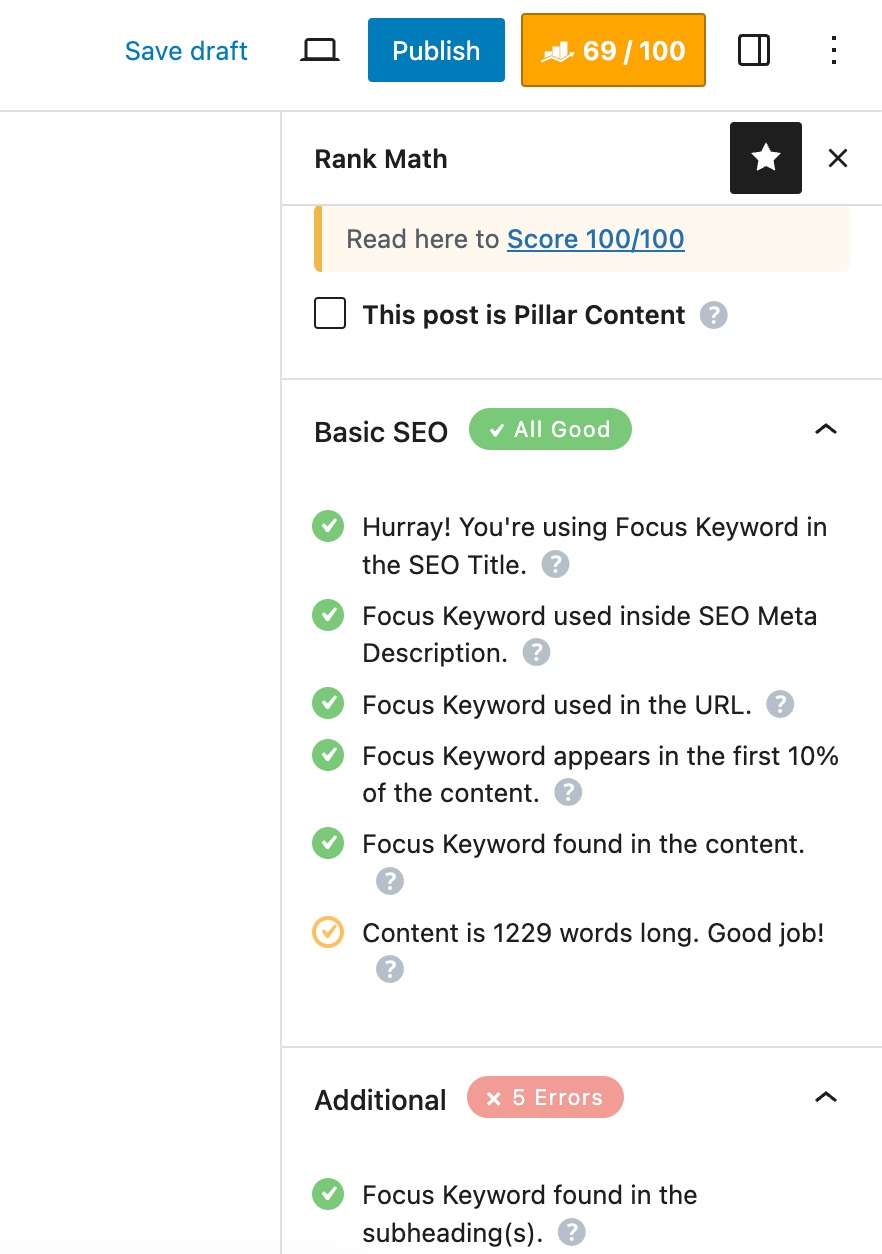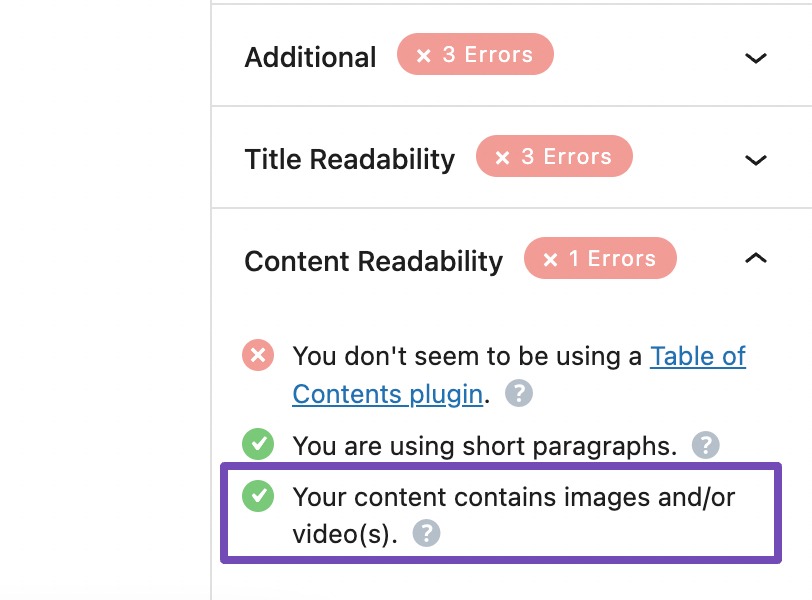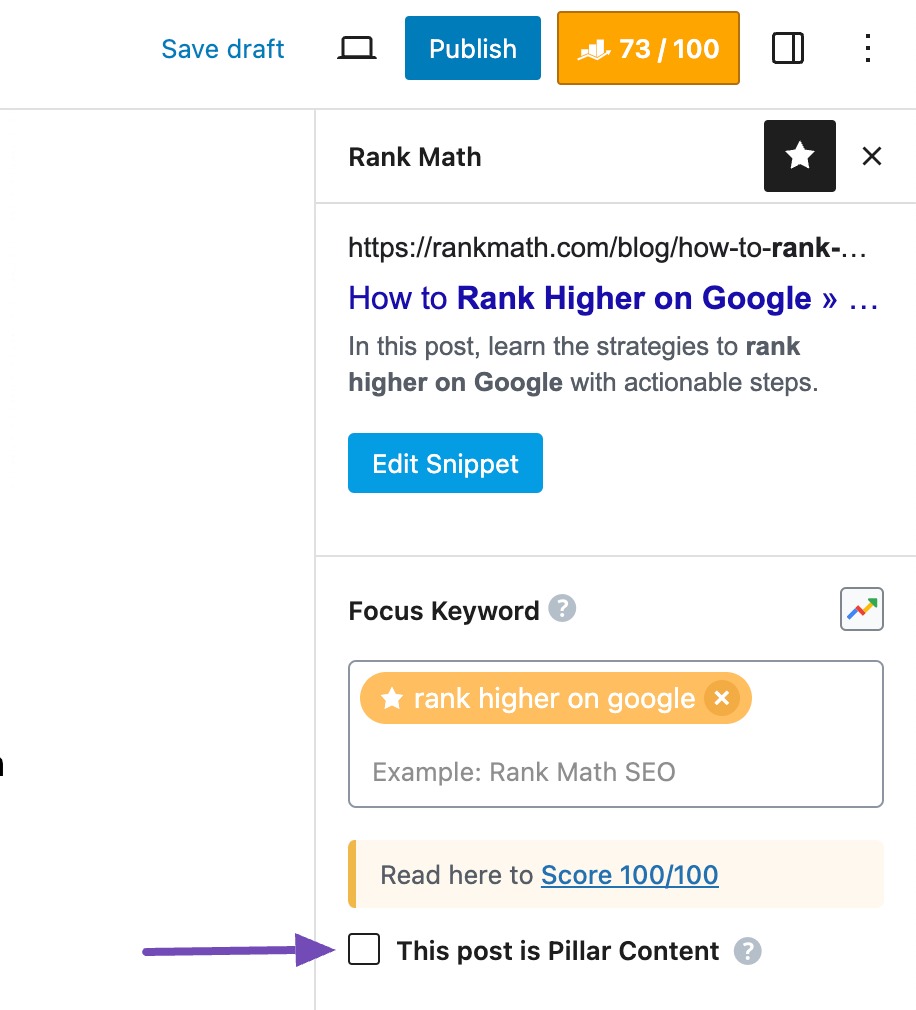Nowadays, where millions of websites compete for attention, securing a top spot on Google’s search results can make or break your online presence.
Imagine your website consistently appearing on the first page of search results, driving a steady stream of visitors and potential customers to your business. The benefits are immense: increased visibility, higher credibility, and, ultimately, more conversions and sales.
However, to rank higher on Google is not an easy feat.
Google’s search algorithm is complex and ever-evolving, designed to deliver the most relevant and high-quality results to the audience.
To navigate this competitive space, you need a well-rounded SEO strategy that includes on-page optimization, off-page techniques, technical excellence, and a keen focus on user experience.
In this post, we’ll discuss how to rank higher on Google. So, without any further ado, let’s get started.
Table Of Contents
1 What is Google Ranking?
Google ranking refers to the position a website or webpage holds in Google’s search engine results pages (SERPs) for a specific query.
When an audience types a search term into Google, the search engine uses a sophisticated algorithm to sift through billions of web pages and deliver the most relevant results.
These results are then ranked in order of relevance and authority, with the goal of providing the best possible answer to the audience’s query.
The ranking of a webpage is influenced by numerous factors. Some of the most important factors include:
- Relevance: How well the content of the webpage matches the search query. This is determined by the use of keywords and related terms within the content.
- Quality of Content: The value and comprehensiveness of the content on the page. High-quality, informative, and engaging content tends to rank higher.
- Backlinks: The number and quality of external sites linking to a webpage. Backlinks from reputable sites act as endorsements, signaling to Google that the page is trustworthy and authoritative.
- User Experience: Factors like page load speed, mobile-friendliness, and overall user engagement (e.g., time spent on a page, bounce rate) play a significant role in rankings.
- Technical SEO: Properly configured technical elements like meta tags, headers, sitemaps, and robots.txt files help search engines crawl and index the site more effectively.
Understanding and implementing effective SEO strategies can significantly improve a website’s Google ranking, driving more organic traffic and enhancing online visibility.
Refer to our detailed guide on the top 15 Google ranking factors to understand them and achieve and maintain high search engine rankings.
2 How to Rank Higher on Google
Let us now discuss how to rank higher on Google.
2.1 Align Your Content to Search Intent
Aligning your content to search intent is an important strategy to rank higher on Google.
Search intent, also known as user intent, refers to the underlying goal or purpose behind a user’s search query.

There are four primary types of search intent:
- Informational Intent: The audience is looking for information or answers to questions. Example: How to grow tomatoes in pots.
- Navigational Intent: The audience intends to find a specific website or page. Example: Facebook login.
- Transactional Intent: The audience wants to purchase or complete a transaction. Example: Buy running shoes online.
- Commercial Investigation: The audience is considering a purchase and is comparing products or services. Example: Best running shoes for women 2024.
To match your content to search intent, you first need to determine the intent behind the keywords you’re targeting. This involves analyzing the search results for those keywords and understanding what type of content is currently ranking.
For example, if you’re targeting the keyword how to grow tomatoes in pots, the search intent is clearly informational.
The audience is looking for guidance and tips. To match this intent, you should create a comprehensive guide that covers everything from choosing the right pots and soil to planting and caring for the tomatoes.
By providing detailed, valuable information that aligns with the audiences’ intent, you’ll be more likely to satisfy their needs, keep them engaged, and improve your chances of ranking higher on Google.
2.2 Understand Keyword Basics
Keywords are the terms and phrases that audiences enter into search engines when looking for information, products, or services.
Understanding and effectively using keywords is essential for improving your website’s ranking on Google.
The first step is keyword research, which involves identifying relevant keywords that have the potential to drive traffic to your website.

Refer to our dedicated tutorial on keyword research to identify the keywords using the techniques and strategies and increase your online presence.
You can use keyword research tools like Google Keyword Planner, Ahrefs, or Semrush to discover keywords related to your niche, evaluate their search volume, and assess the competition.

Keywords come in two main types: short-tail and long-tail.
Short-tail keywords are broad terms with high search volume and high competition, such as shoes. Long-tail keywords are more specific phrases, usually containing three or more words, like best-running shoes for women. These have lower search volume but are easier to rank for and often lead to higher conversion rates.
Once you’ve identified your keywords, it’s essential to use them strategically throughout your content. This comprises including keywords in your title tags, meta descriptions, headings, and within the body of your content.
For instance, if you run a gardening blog and want to rank for how to grow tomatoes in pots, you can optimize your content by creating a title like How to Grow Tomatoes in Pots: A Beginner’s Guide and using relevant subheadings and keywords naturally throughout your article.
You can create content that aligns with audiences’ searches, ultimately improving your chances of ranking higher on Google and attracting more organic traffic to your site.
2.3 Create High-Quality Content
Creating high-quality content is essential for improving your website’s ranking on Google. High-quality content not only attracts and engages the audience but also signals to Google that your site is authoritative and relevant.
Google places a strong emphasis on what it calls E-E-A-T signals: Experience, Expertise, Authority, and Trustworthiness. By integrating E-E-A-T principles into your content creation, you enhance its quality and appeal to audience and search engines, thereby improving your chances of ranking higher on Google.
You can use Content AI to create high-quality content that ranks well in search engines.
2.4 Improve On-Page SEO
In order to rank higher on Google, it is important to improve your on-page SEO.
Firstly, start with keyword optimization. Add the keywords naturally into your page’s title tag, meta description, headers (H1, H2, etc.), and throughout the content. Avoid overstuffing keywords, as this can harm readability and result in penalties from search engines.

Next, optimize your content for readability and user experience. Ensure your content is well-structured with clear headings and subheadings, bullet points, and paragraphs.
Rank Math checks whether you’ve included the focus keyword in your meta description, title, subheadings, etc. If not, you’ll see the error in the content analysis tests.

Use descriptive and engaging language that keeps the audience on the page.
Add multimedia elements such as images, videos, and infographics to enhance comprehension and engagement. Make sure you optimize your images by adding appropriate alt text, naming the image files correctly, etc.
Rank Math also checks for the presence of images or videos in your post and warns you if it does not find any.

Next, focus on internal linking. Create a logical internal linking structure that helps both the audiences and search engines navigate your site. Link relevant pages and posts together using anchor text that includes relevant keywords.
You can use Rank Math’s Pillar Content feature to build contextual internal links. To do so, navigate to the General tab of Rank Math SEO and click on This post is Pillar Content as shown below.

Refer to our dedicated tutorial on on-page SEO to improve your on-page SEO to rank higher on Google.
2.5 Merge Similar Pages
Merging similar pages on your website is a strategic approach to improving your Google rankings and enhancing user experience.
John Mueller from Google provided a clear answer in a Webmaster Hangout that merging weaker web pages into a single page can create a stronger and more relevant webpage. However, he cautioned that this approach works effectively only if the pages are complementary and collectively address a single topic better than several weaker pages individually.
When multiple pages on your site cover similar topics or target similar keywords, they can compete with each other in search results, diluting the authority and relevance of each individual page.
By consolidating these pages into one comprehensive, authoritative page, you can create a stronger, more focused piece of content that is more likely to rank higher in search engine results.
For instance, if you operate a travel website and have separate pages for Top 10 Beach Destinations in Europe and Best European Beaches for Summer Vacation, these pages likely cover overlapping information and target similar keywords. By merging them into a single page titled Ultimate Guide to European Beach Destinations, you consolidate valuable content, eliminate keyword cannibalization, and strengthen the overall authority of your site on this topic.
2.6 Build More Backlinks
Building more backlinks is a key strategy to improve your rankings on Google.
Backlinks, or inbound links, are links from other websites that direct the audience to your site. The more high-quality backlinks your site has, the higher it is likely to rank in search engine results.
A study by Ahrefs found that 96% of all pages never get any organic traffic from Google, and one of the main reason is lack of backlinks.
To effectively build backlinks, focus on creating content that is worth linking to, such as comprehensive guides, original research, infographics, or unique tools.

Additionally, engage in outreach efforts to promote your content. Identify relevant websites, bloggers, and influencers in your niche and reach out to them with a personalized message, highlighting the value of your content and how it can benefit their audience.
Guest posting on reputable sites is another effective way to earn backlinks. By contributing high-quality articles to authoritative blogs, you can include links to your site, enhancing your backlink profile.
2.7 Fix Broken Links
Broken links, or dead links, can negatively impact a website’s search engine ranking. When audiences click on a broken link, they are directed to a non-existent page, leading to a poor user experience.
It’s normal for websites to have broken links, and Google doesn’t see 404 errors as a major issue. However, many broken links can hurt your rankings and create a poor user experience, as visitors won’t be able to find what they’re looking for.

To address this, use the 404 monitor and redirections feature within the Rank Math SEO plugin and fix these links, ensuring a smoother user experience and potentially improving your search engine rankings.
2.8 Improve Page Experience
Page experience is an important factor to improve your Google rankings.
It refers to how the audience perceives their interaction with a webpage beyond its informational value. Google assesses page experience based on several key signals, including Core Web Vitals, mobile-friendliness, safe browsing, HTTPS security, etc.
Core Web Vitals are a set of specific factors that Google considers important in a webpage’s overall user experience.
For instance, if your webpage takes too long to load, audiences are likely to leave, increasing your bounce rate and negatively impacting your ranking. Ensuring your site meets the thresholds for these metrics is essential for a positive page experience.

Mobile friendliness is another essential aspect. Since the majority of internet users access websites via mobile devices, Google prioritizes sites that are optimized for mobile viewing. This means your site should have a responsive design, easy navigation, and readable content without requiring users to zoom in.
HTTPS security is also a ranking factor. Google favors sites that use HTTPS encryption because it provides a secure connection and protects user data during transmission. Transitioning from HTTP to HTTPS can improve your site’s security and ranking.
Refer to our dedicated tutorial on speed optimization to improve the page experience.
2.9 Track and Monitor Results
Tracking and monitoring your SEO results is essential for continuously improving your website’s ranking on Google. By regularly analyzing performance data, you can identify what strategies are working, pinpoint areas for improvement, and make informed decisions to enhance your SEO efforts.
Use tools like Google Analytics, Google Search Console, and other SEO software like Ahrefs, Semrush, or Moz to gather and analyze data.
Google Analytics helps you understand user behavior on your site, while Google Search Console provides insights into how your site performs in search results and identifies any technical issues.
Refer to our dedicated tutorial to check your Google rankings.
3 Conclusion
To rank higher on Google, you must combine strategic planning, quality content creation, technical optimization, and continuous monitoring.
By understanding and implementing key concepts such as keyword basics, search intent, E-E-A-T, and on-page SEO, you can create content that not only attracts but also retains user engagement.
Additionally, merging similar pages, building high-quality backlinks, and regularly tracking and adjusting your SEO efforts are essential steps to improve your rankings on Google.
Focusing on these SEO strategies can improve your website’s visibility, drive more organic traffic, and improve your Google rankings.
Remember, SEO is an ongoing journey that requires patience, persistence, and a commitment to continuous improvement.
With the right approach, you can build a strong online presence that stands the test of time.
If you like this post, let us know by Tweeting @rankmathseo.
![How to Rank Higher on Google in 2024 [9 Easy Steps]](https://rankmath.com/wp-content/uploads/2024/06/Rank-Higher-on-Google-960x504-1.png)